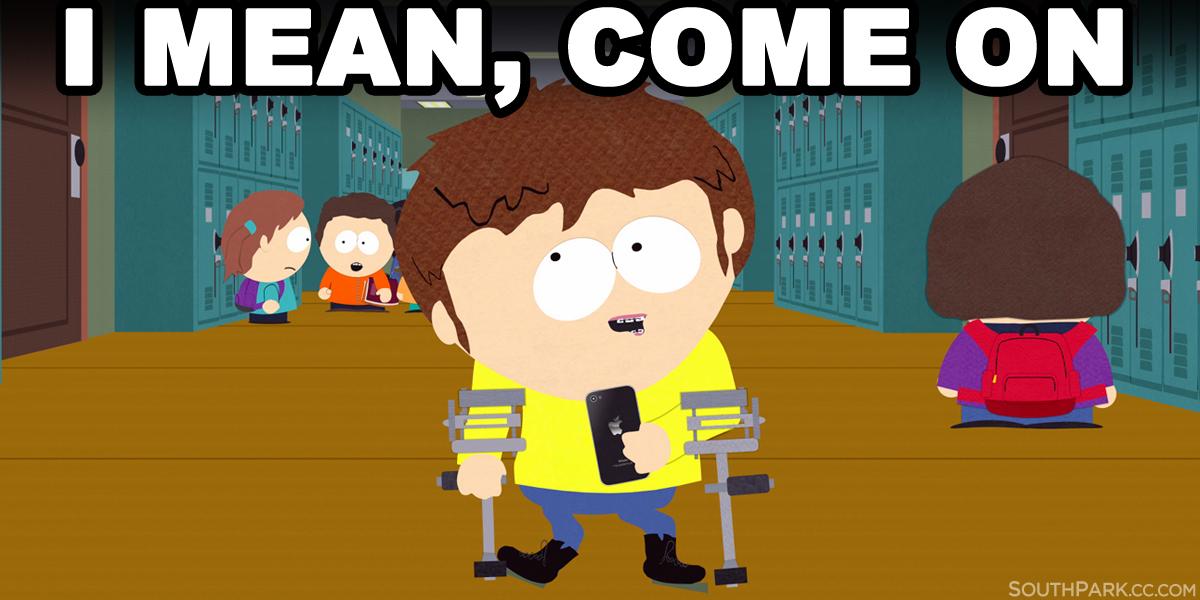This came up today at the Charlotte Amateur... not by play, but by discussion. Rules sheet says, "Hole 10 - No OB", but guy says, "Well, unless you get a really bad kick and roll away down that hill across the other fairway and past the OB line into the creek."
I said, "Nope. The sheet clearly states that this hole has no OB."
You never make assumptions. The rules my buddy Dan is quoting give guidance on hole to adjudicated the OB defined. That's the keyword right there... the OB must be defined. Then you apply the rules accordingly.
This is the kind of thing that keeps TDs awake at night. Or, at least, keeps this particular TD awake.
I run events on a course with lots of O.B. and special rules. And, I mean, LOTS. And they're all different. So we try very hard to make sure everything is marked clearly, and the rules sheet is phrased very specifically so that there's no ambiguity. And then spend every waking moment, and most of the sleeping ones, worrying that someone will manage to do something we've never thought of.
At one time we had a tee in a fenced O.B. area. The rule sheet said that if your throw didn't make it over the fence, it was a stroke and re-tee. Someone managed to throw a low shot that went
under the fence, which we didn't know was possible.
Another hole said the "creek and beyond" is O.B. We didn't foresee that if someone yanked their drive about 60 degrees offline---and really juiced it---they would hit a spot where the creek goes underground through a pipe. As far as I know, no one had ever come within 100' of that spot before.
I made the mistake of wording an island hole to say that if a disc doesn't land on the island, you go to the drop zone. I knew what I meant. You know what I mean. But, of course, I should have said that if it doesn't "come to rest" on the island. Sigh.
I don't cover the rules in the players meeting, but I always remind the crowd to use provisional.
That said, the TD mistake described in the original post of this thread is pretty glaring. I've seen it before, though perhaps not quite that bad.

